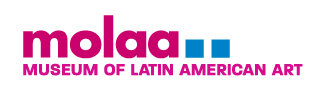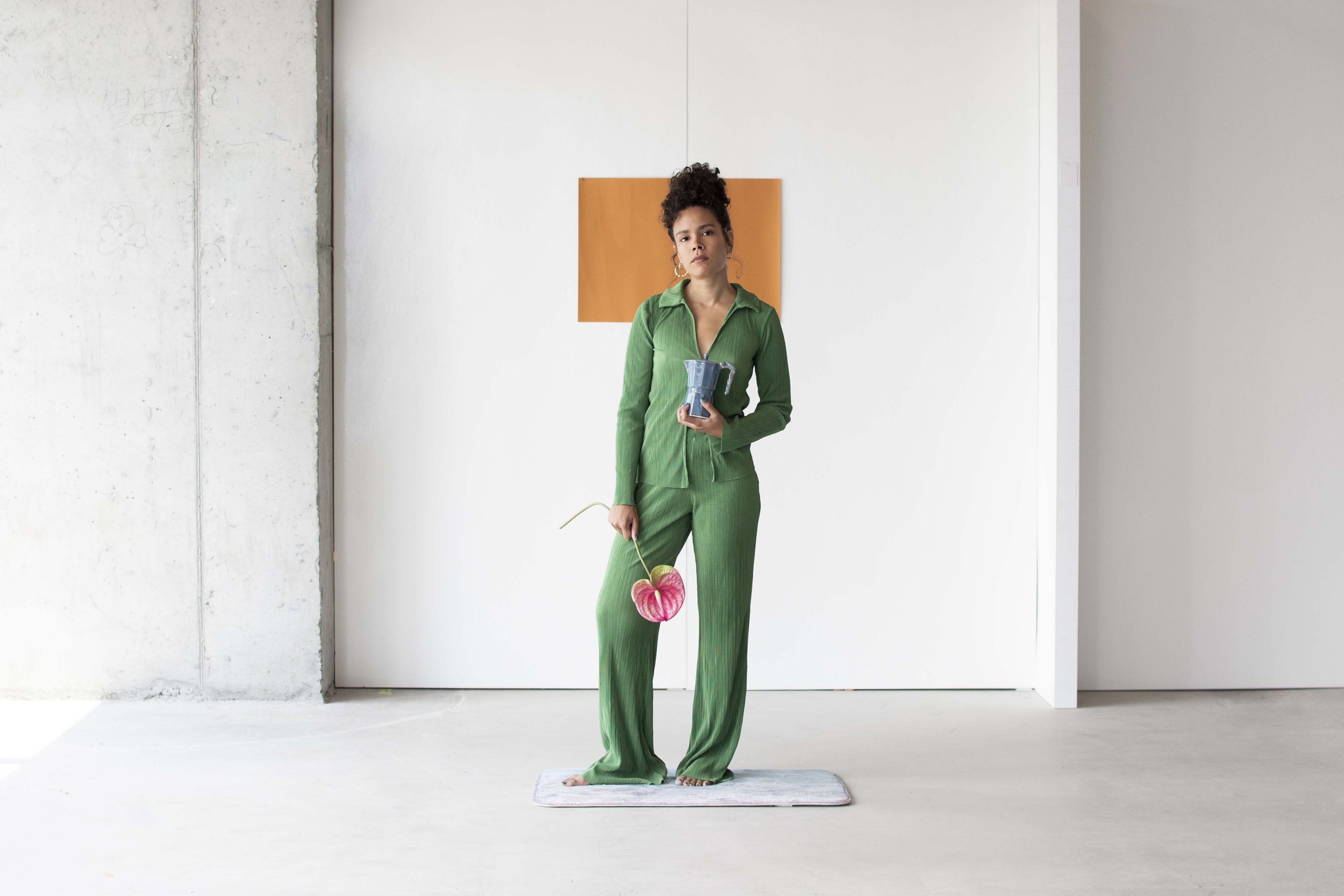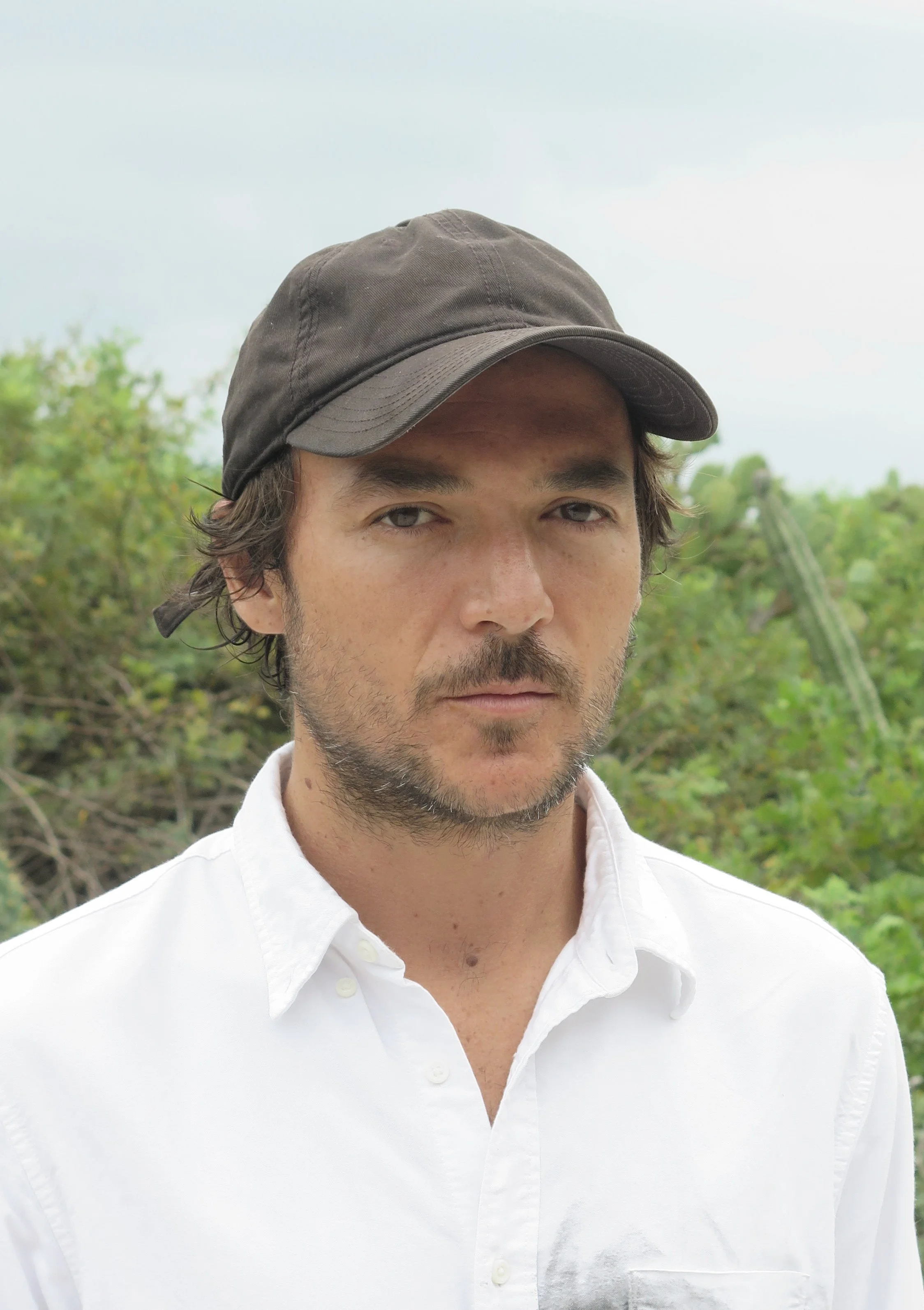Tierra Cifrada / coded earth
October 19, 2025 - March 2026
The Cisneros Fontanals Art Foundation (CIFO) is pleased to announce the winners of the 2025 CIFO Grants & Commissions Program to be showcased in an exhibition highlighting new works by seven artists recipients representing five Latin American countries. On view at MOLAA, from October 2025, through March, 2026, the exhibit continues the international itinerancies of the CIFO Grants & Commissions Program exhibition.
On this edition, CIFO and MOLAA will present nine award-winning artists, divided into five categories: Achievement Award, Diana De Solares (Guatemala); Mid-Career Artists—Marcela Armas (Mexico), Voluspa Jarpa (Chile), Ana Vaz (Brazil); Emerging Artists— Madeline Jiménez Santil (Dominican Republic); Alexandre Canonico (Brazil); Ceramica Suro Artist in Residency - Patricia Encarnación (Dominican Republic), and CIFO-Ars Electronica Award - Natalia Rivera (Colombia) y Jerónimo Reyes-Retana (México).
“CIFO is thrilled to be partnering with MOLAA for the next edition of the Grants & Commissions program, to continue supporting the artists in the region” said Ella Fontanals-Cisneros, CIFO’s Founder and Honorary President. “This upcoming exhibition will be a major event, and we are looking forward to seeing the work of these emerging, mid-career and established artists come to life in California, curated by Gabriela Urtiaga, MOLAA Chief Curator.”
“As a pioneering institution in the United States, MOLAA's mission is to generate, promote, and expand the appreciation of Latin American and Latino art, from Southern California to the world. We commend the prestigious CIFO initiative and the impact it has on the international art scene. MOLAA celebrates this collaboration between both institutions as it is essentially linked to our commitment to showcasing and building bridges to the finest of Latin American and Latino art.” expressed Lourdes I. Ramos, Ph.D., President & CEO of the Museum of Latin American Art.
ARTISTS
In a special collaboration between the Museum of Latin American Art (MOLAA) and the Cisneros Fontanals Foundation (CIFO), we are pleased to present Coded Earth, a group exhibition that brings together nine artists from Latin America whose innovative practices and unique research enrich and challenge the discourse of contemporary art.
Through multiple languages and perspectives, this exhibition offers a profound look at the creative process as a tool for critical thinking, identity, and social and cultural transformation. At the same time, it proposes a still-pending reading of the world we inhabit and that shapes us.
This exhibition presents itself as a polyphonic territory: a map under construction where tensions, uncertainties, erasures, and possibilities coexist. Each work is a key, a fragment of code that invites the viewer to engage in a dialogue with their own time and their way of inhabiting it.
In this context, each of the participating artists addresses urgent issues related to territory, memory, power, the body, and materiality.
Diana de Solares (Guatemala) explores the ancient myths of eros and chaos through a system of diptychs and assemblages that reveal themes such as precariousness, ephemerality, and the use and disuse of objects in relation to nature and society.
Madeline Jiménez Santil (Dominican Republic) investigates the possibilities of a decolonized object and its function within the structures of contemporary art.
Voluspa Jarpa (Chile) proposes new ways of thinking about and questioning the tensions between official history and silenced narratives, addressing the social uprising in Chile (2019) and others across Latin America between 2018 and 2021.
In the work of Alexandre Canonico (Brazil), drawing becomes a resource that questions the artistic gesture through the selection and articulation of objects, colors, forms, and voids, thus introducing a sense of fragility and impermanence into the language of abstraction.
Mexican artist Marcela Armas focuses her practice on the social matrix, questioning anthropocentrism and proposing new avenues of exploration toward non-human forms of communication, based on the link between body and earth.
Patricia Encarnación (Dominican Republic) reflects on daily life through Caribbean material culture. By studying the syncretic spirituality of Afro-Dominican Gagá celebrations, she builds a visual language that allows her to (re)construct and challenge distorted notions of “Caribbeanness” in the global imaginarium.
Through her “camera-less” film, Ana Vaz (Brazil) delves into the depths of the Brazilian Amazon to investigate historical and archaeological sites, bearing witness to the millennial presence of Indigenous peoples in the territory and exposing the negative image of the colonizing project.
Along a related line that explores the environment and its multiple layers, Natalia Rivera (Colombia) develops an art-science project focused on the micro-biodiversity present in clouds in three of the rainiest places on the planet —within Colombia’s biogeographic Chocó— establishing a close connection between life, climate, and territory.
Meanwhile, Mexican artist Jerónimo Reyes-Retana bases his research on an immersion in the community of Playa Bagdad, Tamaulipas, to debate the systemic implications of noise policy in Latin American contact zones, territories crossed by environmental, geopolitical, and social tensions.
Thus, Coded Earth alludes to the idea of a territory, both real and symbolic, that is presented to us as an enigma to be deciphered.
MOLAA Zoom Project: Artists’ Interviews
In partnership with:
Coded Earth is part of the Cisneros Fontanals Art Foundation (CIFO) Grants & Commissions Program, presented by CIFO at the Museum of Latin American Art (MOLAA).











